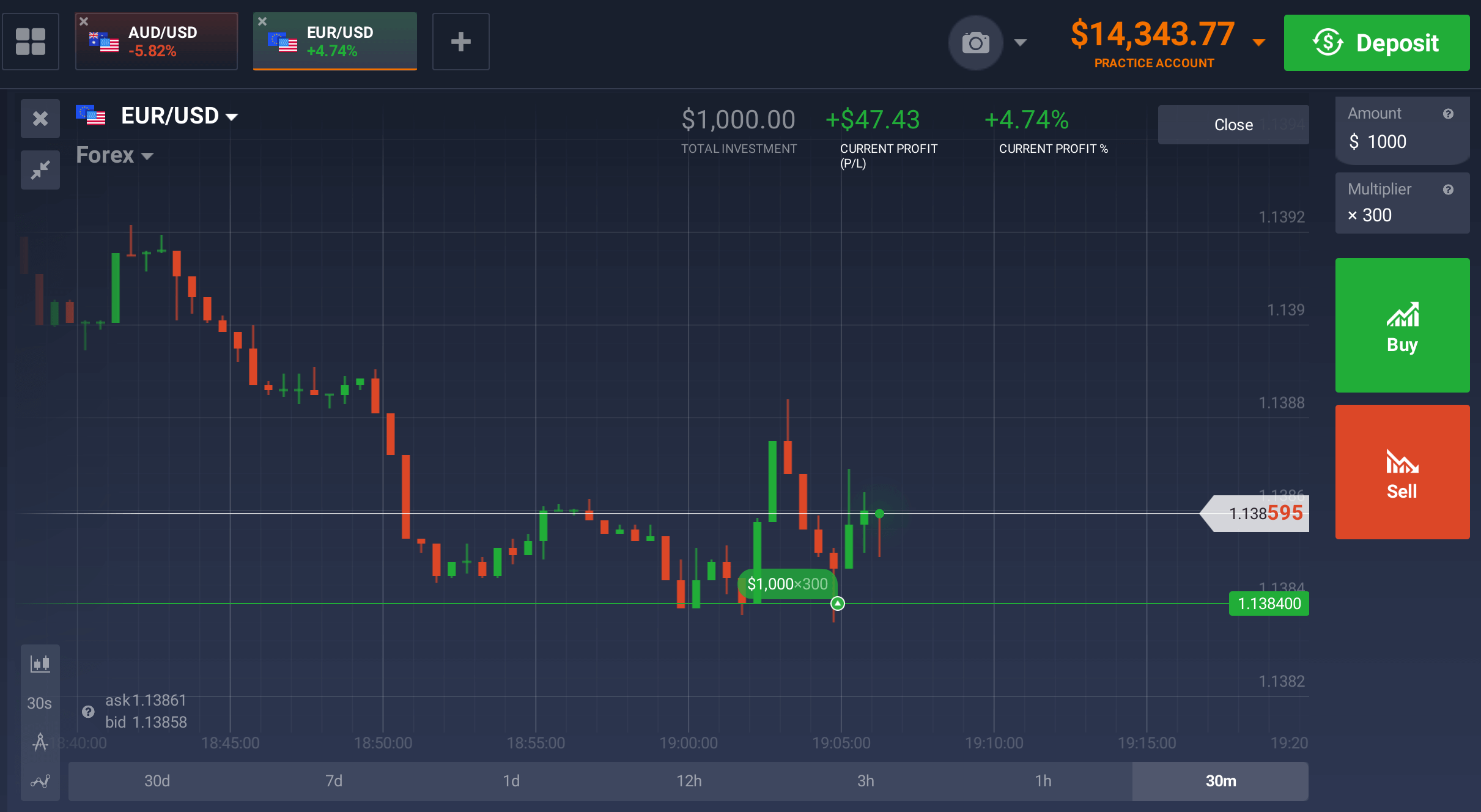Introduction:

Image: broctagon.com
Imagine being able to tap into the vast financial markets without the complexities and risks of investing directly in stocks, bonds, commodities, or currencies. CFD trading offers just that – a unique opportunity to participate in market fluctuations without the need for physical ownership of assets. This article delves into the world of CFDs, explaining their mechanisms, benefits, and potential risks, empowering you to make informed decisions about this increasingly popular financial instrument.
What are CFDs (Contracts for Difference)?
CFD trading is a form of derivative trading that allows you to speculate on the price movements of an underlying asset without purchasing it outright. When entering a CFD contract, you agree with a broker to exchange the difference between the asset’s opening and closing prices. Unlike traditional investments, CFD trading grants you both long and short positions, giving you the flexibility to profit from both rising and falling markets.
Mechanism of CFD Trading:
To understand CFD trading, imagine yourself as a player in a high-stakes game of price prediction. You sign a contract with a broker, speculating on the future price direction of an asset. If your prediction holds true, you reap the benefits of the price difference. However, if the market moves against you, you incur a loss.
The potential profits and losses are directly tied to the spread between the bid and ask prices set by the broker. The spread is a commission that covers the broker’s fees and ensures liquidity in the market. Since CFDs are leveraged instruments, they magnify both potential gains and losses, amplifying your market exposure.
Types of CFDs:
CFD trading encompasses a wide range of financial instruments, offering investors exposure to a multitude of markets. Some of the most commonly traded CFDs include:
-
Equity CFDs: Contracts based on the price fluctuations of publicly traded company stocks.
-
Index CFDs: Contracts that track the performance of major market indices, such as the S&P 500 or FTSE 100.
-
Forex CFDs (Currency Pairs): Contracts that represent the exchange rate between two currencies, allowing speculators to bet on currency movements.
-
Commodity CFDs: Contracts based on the price changes of physical commodities, such as oil, gold, or wheat.
Benefits of CFD Trading:
-
Flexibility: Profit from both rising and falling markets with long and short positions.
-
Leverage: Magnify both potential gains and losses by trading on borrowed funds.
-
Access to Global Markets: Trade global assets without geographical restrictions.
-
Diversification: Spread investments across multiple markets to reduce overall risk.
Risks of CFD Trading:
-
Leverage Risk: Amplification of both wins and losses can lead to significant financial distress if not managed appropriately.
-
High Volatility: Financial markets are inherently volatile, leading to unpredictable price swings that can impact CFD positions.
-
Hidden Fees and Commissions: Brokers may impose spreads or additional charges that can reduce profits.
-
Emotional Trading: CFD trading can trigger emotional responses, leading to poor decision-making.
Getting Started with CFD Trading:
CFD trading requires a thorough understanding of the markets, risk management principles, and trading strategies. Here’s a step-by-step guide to get you started:
-
Educate Yourself: Read books, articles, and attend webinars to gain a solid understanding of CFD trading concepts.
-
Choose a Reputable Broker: The broker you choose should offer reliable platforms, transparent pricing, and excellent customer support.
-
Start Small: Begin with small trades and gradually increase your position size as you gain experience.
-
Manage Risk Wisely: Utilize stop-loss orders, limit orders, and position sizing strategies to control potential risks.
-
Stay Disciplined: Stick to your trading plan, avoid emotional trading, and seek professional advice when needed.
Conclusion:
CFD trading offers an exciting but potentially risky opportunity to participate in the financial markets. Understanding the mechanisms, benefits, and risks involved is crucial for making informed decisions. By approaching CFD trading with a sound education, prudent risk management, and a disciplined approach, you can harness its potential and navigate the complexities of the financial world with confidence.

Image: howtotradeonforex.github.io
What Are Cfds Trading
https://youtube.com/watch?v=4wrCoJB5diE







